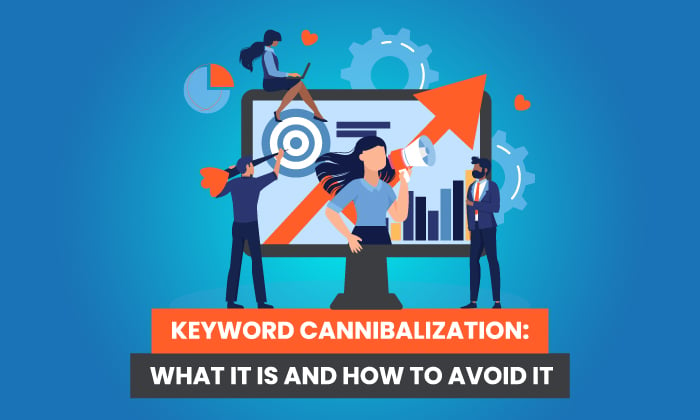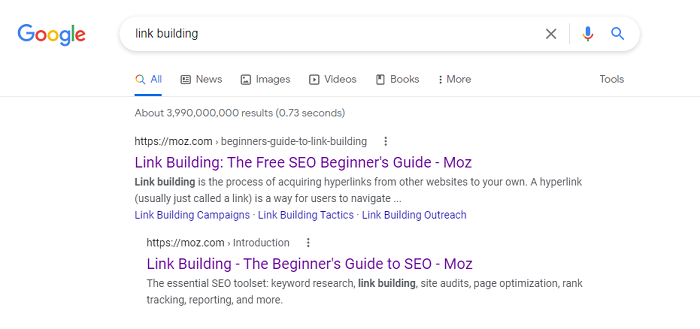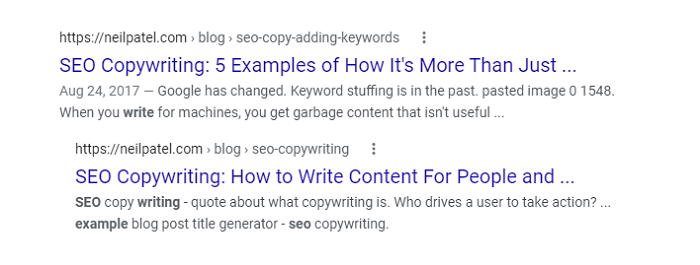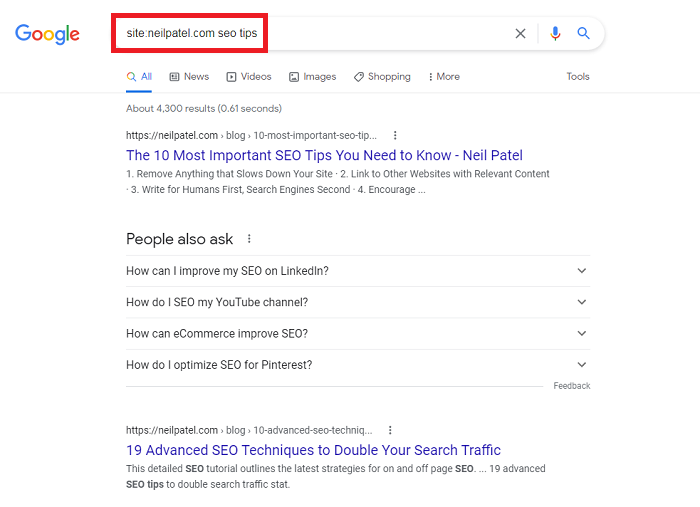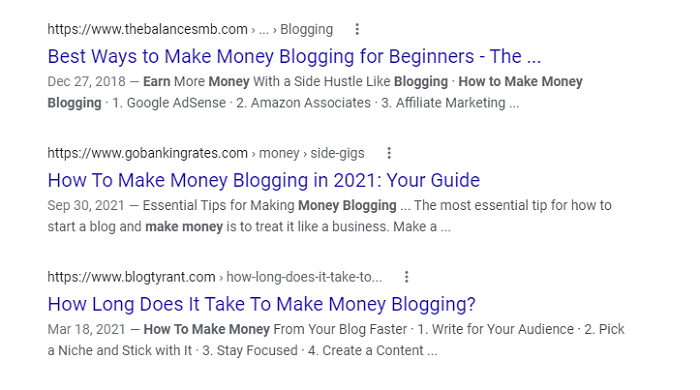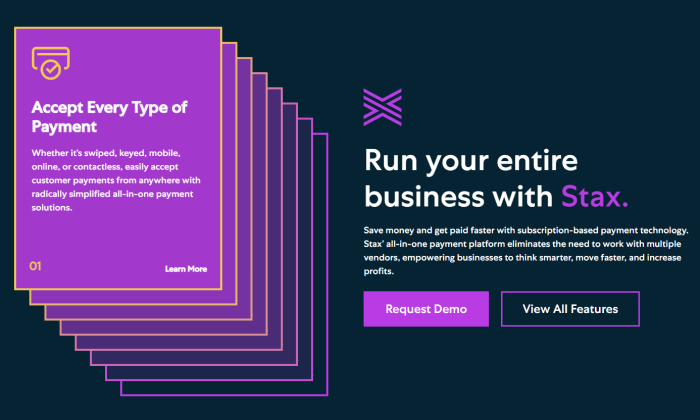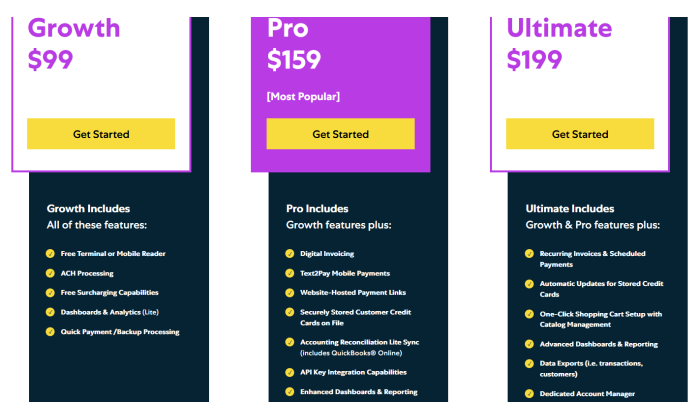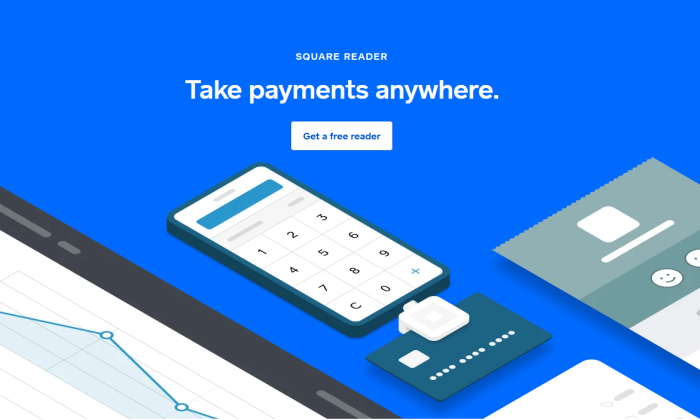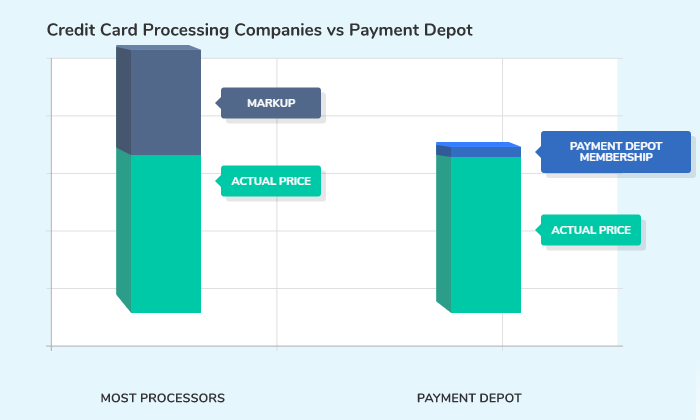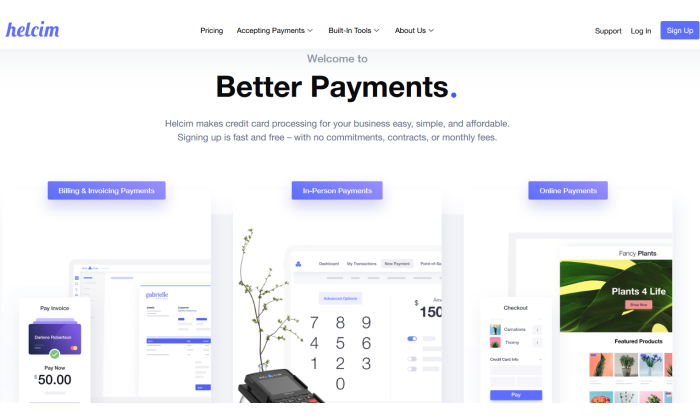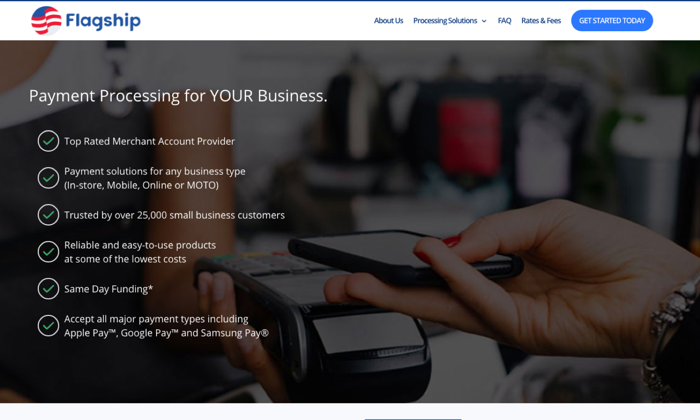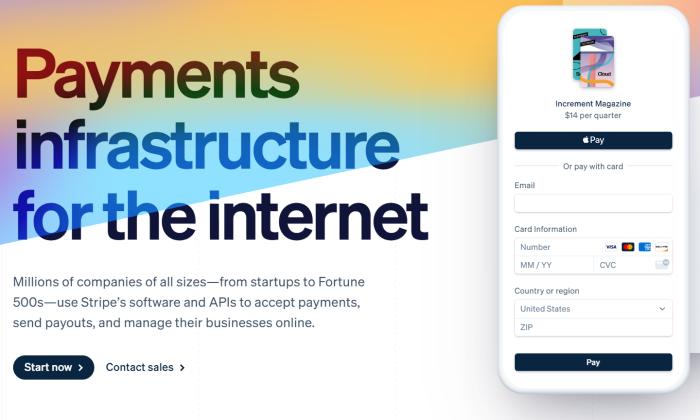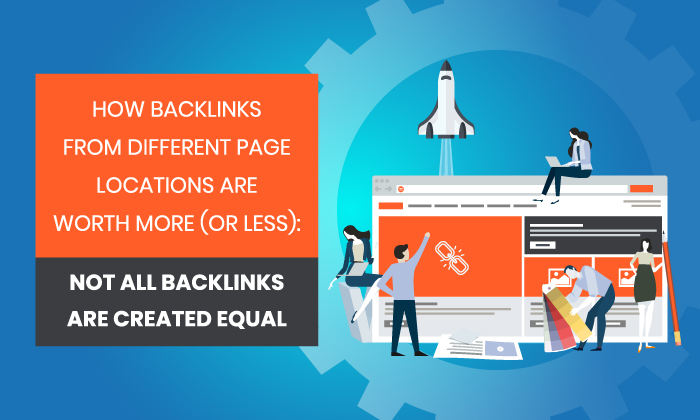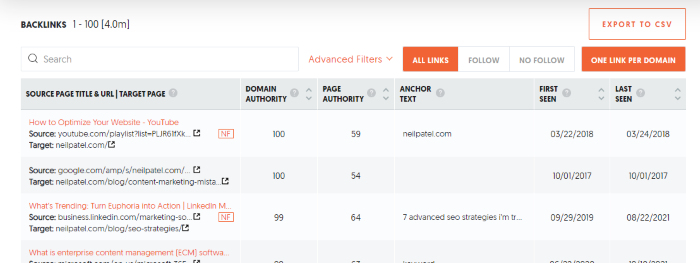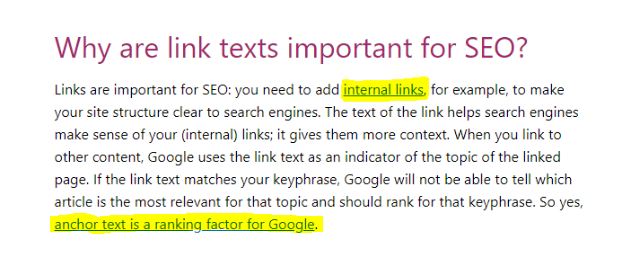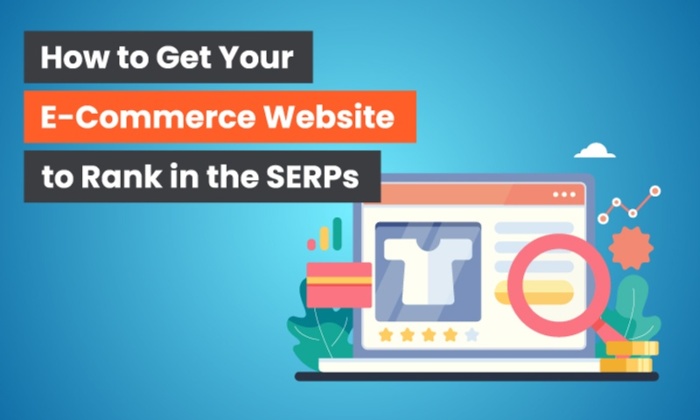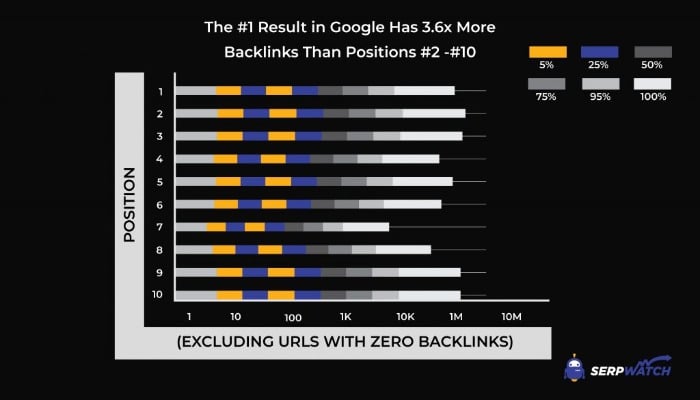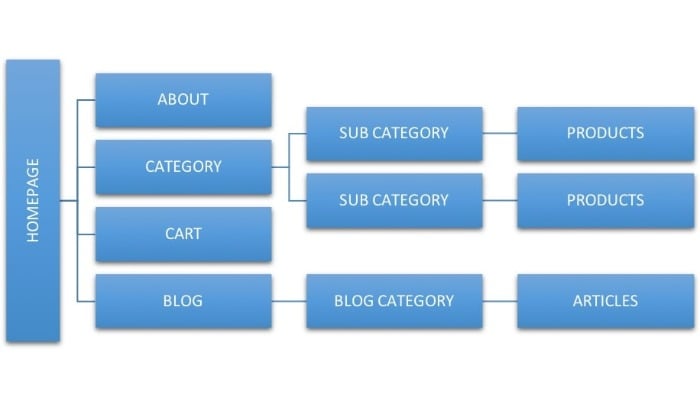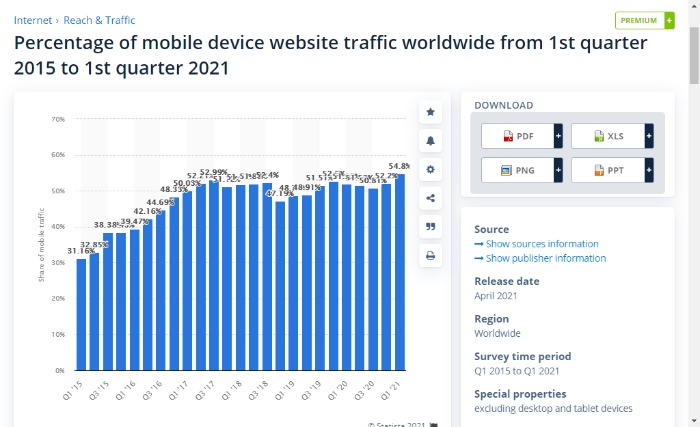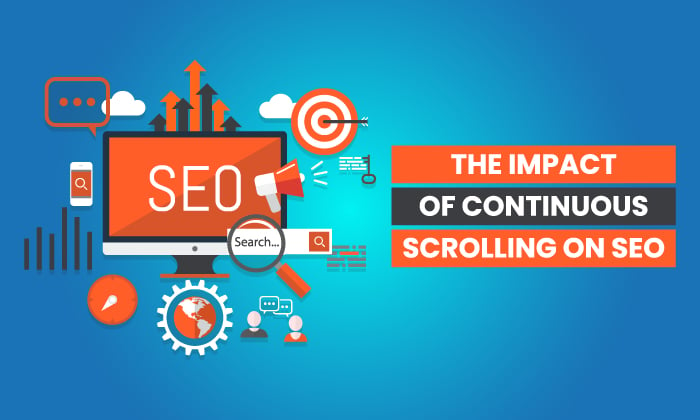
Google recently made a change to mobile search results. It’s called continuous scrolling, and while it’s a minor tweak to the SERPs, it might have an impact on your SEO.
Here’s everything you need to know about continuous scrolling.
What Is Continuous Scrolling?
You always hear marketers talking about the distinction between page one and page two in SEO.
However, if you’ve performed any mobile Google searches in the U.S. lately, you might have noticed the results keep going as you scroll.
That’s because rather than breaking the results down into pages, Google now shows four pages worth of results through continuous scrolling. This is currently limited to mobile searches in the U.S. but set to expand in 2022.
Plus, continuous scrolling isn’t limited to Google.
Traditionally, we’ve used pagination to break up information on the web. However, this requires people to keep clicking. Particularly on mobile, this isn’t ideal for user experience.
Some websites, apps, and, of course, Google are turning to continuous scrolling.
The big question is, what does this mean for your SEO?
Effects of Continuous Scrolling in Mobile Search on SEO, Impressions, and CTR
What does continuous scrolling mean for SERP performance? Will you get more or fewer impressions and clicks?
The answer is…it remains to be seen. Continuous scrolling will undoubtedly change how we interact with the SERPs. Still, without pagination, your actual location on the scroll—your search engine results position rather than page—-will matter more than ever.
Here are five predictions you might see come true as a result of continuous scrolling.
Page One Click-Through Rate (CTR) Will Go Down
When page two results are more accessible, the CTR for page one results is likely to drop. Continuous scrolling has the feel of a newsfeed from social media, so people are more likely to explore their options.
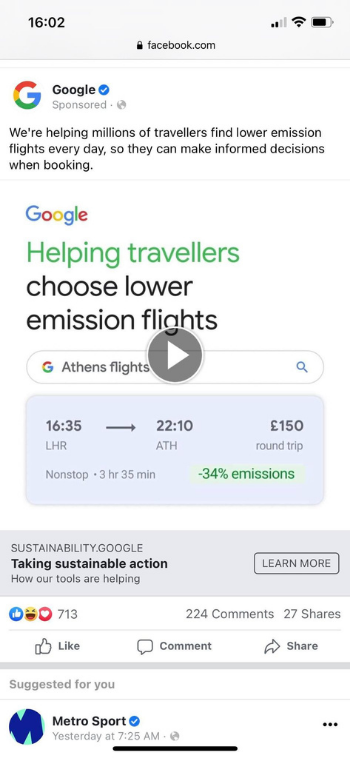
The results at the top of the rankings are there for a reason: They’re generally the best pages to answer the search query. As consumers, we’ve all been socialized to accept this point, as evidenced by the top result getting 43.32 percent of the clicks.
With time, people might get more accustomed to scrolling through the results, which will likely impact CTRs for page one results. However, it’s still not time to start celebrating if you’re stuck on page two.
There May Be More Impressions for Page Two Results
If you make it easier for people to access page two results, they will get more impressions. The difficulty is, you’re also training people to scroll through the results and explore their options further, so they won’t necessarily stop on page two.
Pages on page two of the results might get some more impressions. At present, 0.78 percent of searchers click on something from the second page. However, those page two results have to compete with page one more immediately.
More Rich Results
When you imagine a news feed on social media, you see lots of images and videos. Google’s equivalent is rich results that contain features like shopping, video, featured snippets, commonly asked questions, and much more.
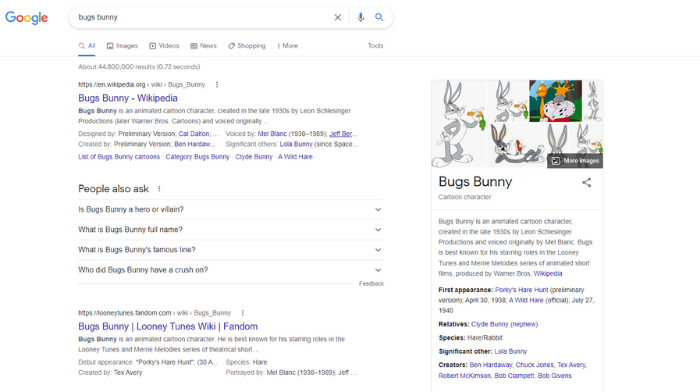
The more users feel comfortable scrolling the SERPs, the easier it is for Google to include rich results. With static pages, it’s challenging to have too many rich elements because it would be overkill. With continuous scrolling, this becomes easier from a user experience standpoint.
More Zero-Click Searches
Zero-click searches have been increasing rapidly over the years. Nearly 65 percent of searches result in the user not clicking a link, which is likely to increase with continuous scrolling.
There are many reasons people might not click on results, but perhaps the biggest one is they got all the information they need from rich results or meta descriptions.
If continuous scrolling results in more rich features, it may well mean more zero-click searches.
Desktop Will Follow
One of the reasons continuous scrolling has been rolled out on mobile is because it fits better with the user experience. On desktop, it’s easy to click the “see more” button.
That doesn’t mean desktop is going to stay the same, though.
If Google sees promising results from continuous scrolling, like increased ad revenue and improved UX, it’s likely continuous scrolling will also roll out on desktop.
What Continuous Scrolling Means for Marketers
While it’s difficult to make any significant recommendations until we see how continuous scrolling plays out, there are some essential things you should be thinking about.
Keep a Closer Eye on Your Data
Data is important no matter what’s happening in the world of SEO.
While marketers often focus on the information we can glean from Google Analytics, such as visitors, bounce rates, and time on page, the information in Google Search Console (GSC) can be equally important.
For this particular update, all the information you need will be in GSC.
This is where you can see how your page ranks for a search term and the click-through rate it gets. If you start seeing significant fluctuations in your CTR on mobile, it could be partly due to continuous scrolling.
Don’t just watch this happen; brainstorm how to get your CTR back up and keep bringing those clicks to your site.
Optimize to Feature in Rich Results
One of the ways to optimize for continuous scrolling is to make sure you’re doing schema markup well. Schema is like a language that allows you to communicate with the search engines and tell them what pages are about and which bits are most important.
By using Schema markup correctly, you’re more likely to perform well in featured snippets, local results, and commonly asked questions.
Focus on Your Titles and Metas
The more competition there is for clicks, the more you’ve got to use the limited real estate you have to stand out. For standard results, this means optimizing your titles and meta descriptions.
It’s easy to get drawn to the rich results, but people are still looking for the same thing they always have—quick access to information. The right title and meta description can assure people they’re going to get this.
You’ve got to grab people’s attention, match user intent, and give people confidence that you’re going to answer their questions.
Look Out for the Continuous Scrolling Trend
Continuous scrolling has been around for a long time, especially on social media. You tend to see it more often on apps because they’re specifically designed for mobile devices, but that doesn’t mean it won’t become standard on websites.

While continuous scrolling can offer a slightly improved UX (particularly on mobile), it comes with limitations. To get the maximum benefit, it has to be implemented exceptionally well, and even so, it doesn’t offer a big SEO boost.
For now, continuous scrolling isn’t the norm on websites, but we can’t say this won’t change.
Frequently Asked Questions About Continuous Scrolling
Why should I care about continuous scrolling on search?
Continuous scrolling is going to affect a lot of searches. If you’re not ready for the changes, it could have a significant impact on your traffic.
Is there going to be continuous search scrolling on desktop?
For now, Google has only announced plans for continuous scrolling on mobile. However, this could change.
How are users affected by continuous scrolling on mobile search?
Continuous scrolling makes the results on pages two, three, and four more accessible.
When did Google roll out continuous scrolling on mobile search?
Google announced continuous scrolling for US mobile searches in October 2021.
Continuous Scrolling on Mobile Search Conclusion
Continuous scrolling certainly doesn’t mean you need to rip up the SEO rulebook.
It’s a SERP change designed to improve user experience. With additional pages’ results being more accessible, it might mean a drop in CTR for the top results. However, those results may still stay on top if they provide the most credible and immediate information.
We’re also likely to see more rich results on mobile, which could result in increased zero-click searches.
To keep up with these changes, marketers have to ensure they’re focused on getting their schema markup right, and optimizing titles and meta descriptions. Of course, these are all important for SEO anyway. As long as you’re doing the basics well, you shouldn’t have a problem.
How do you feel about continuous scrolling?
from Blog – Neil Patel https://ift.tt/3FXH1i3
via IFTTT
